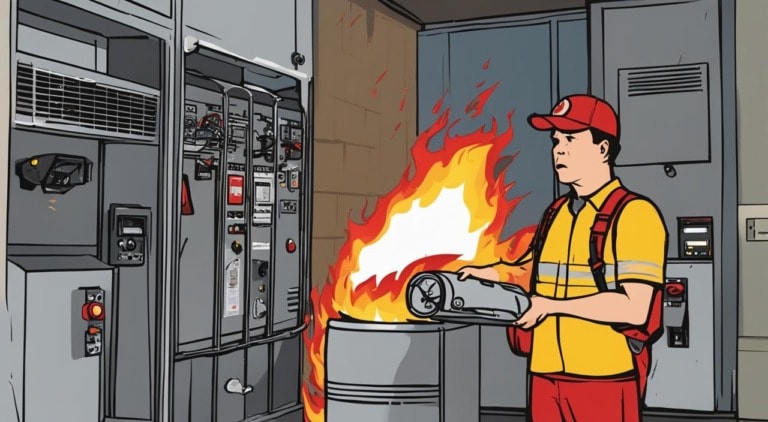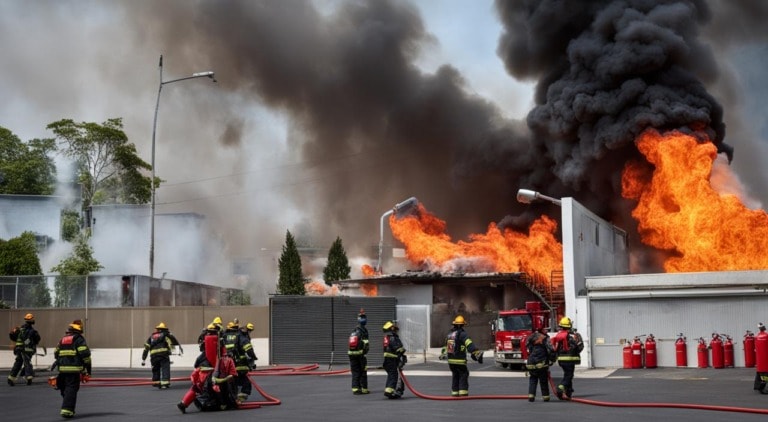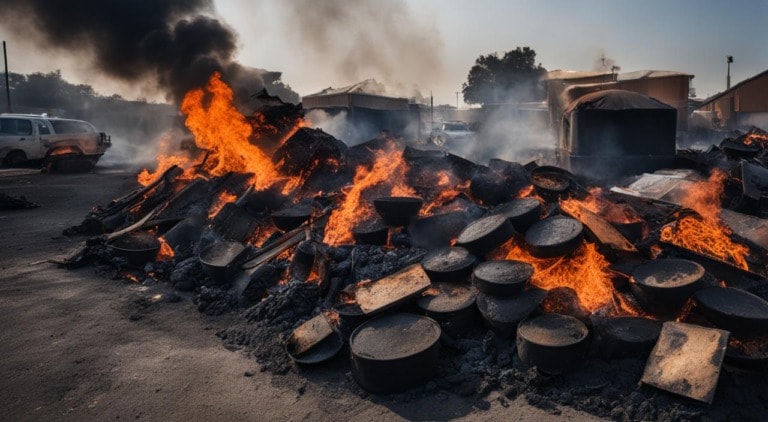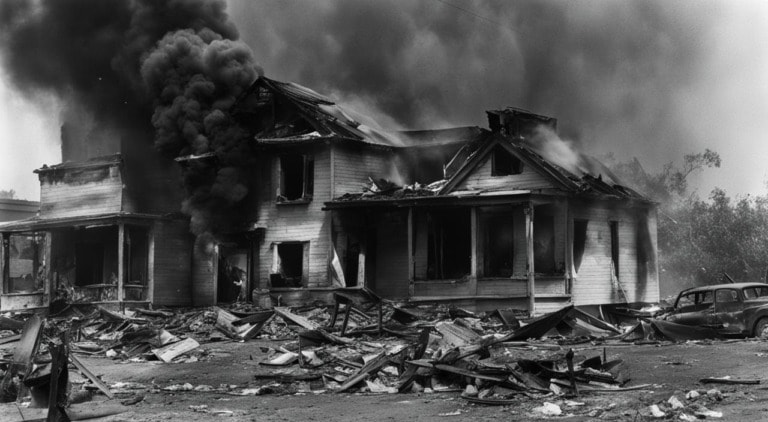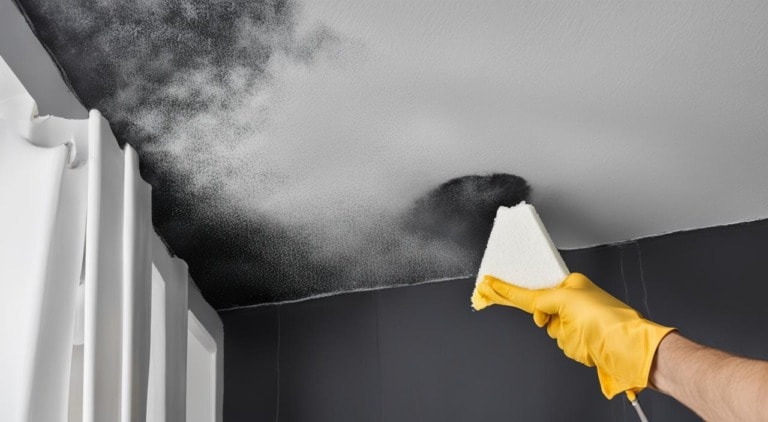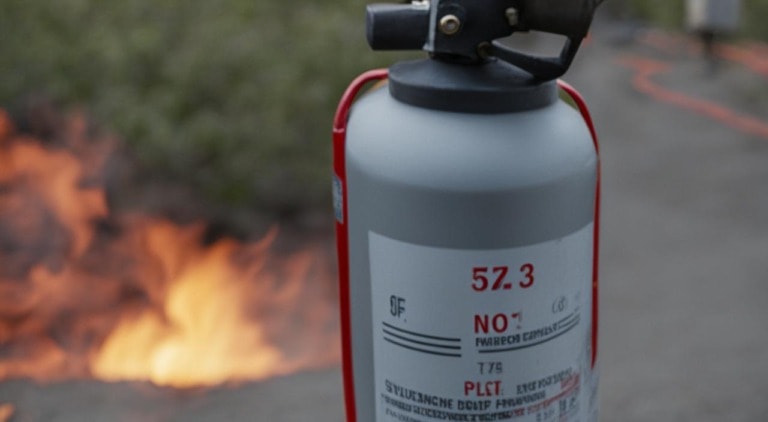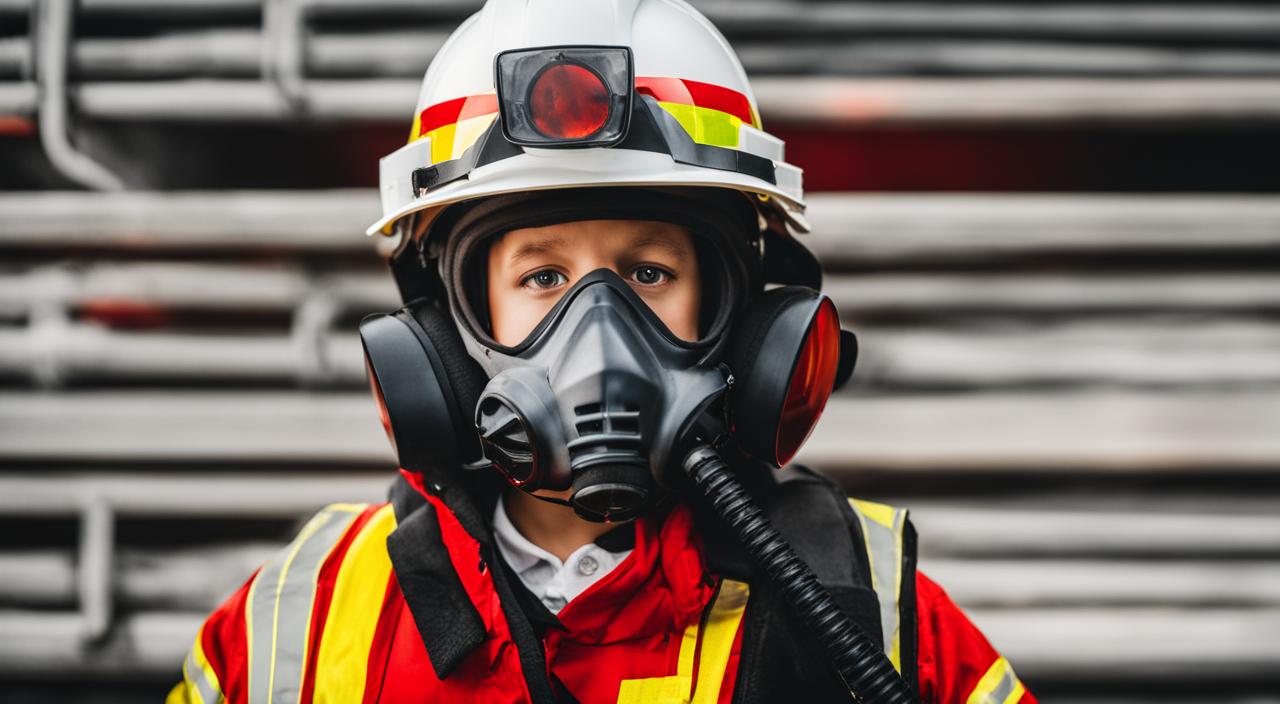
In the realm of fire safety, having a clear and effective emergency response plan is essential, especially in settings like healthcare facilities where the safety of patients and staff is a top priority. One widely recognized acronym that plays a key role in fire safety procedures is RACE.
In this article, we will dive into what RACE stands for, its importance in fire safety procedures, and its specific application in healthcare settings.
Importance of RACE in Fire Safety Procedures
- The RACE acronym is widely recognized and used in fire safety procedures for efficient emergency response.
- Removing individuals from the affected area, activating the fire alarm system, and confining the fire are crucial steps in the RACE acronym.
- If trained individuals are present, they may attempt to extinguish the fire, while evacuation ensures safety in severe situations.
- Implementing RACE effectively minimizes injuries, facilitates fire control, and safeguards individuals and property.
The RACE acronym plays a pivotal role in fire safety procedures, providing a clear and efficient framework for emergency response. Whether in a healthcare facility or any other setting, understanding and implementing RACE is crucial to ensuring the safety of individuals and minimizing damage.
Each step in the RACE acronym holds significant importance. Removing individuals from the affected area is the initial priority, as it helps prevent injuries and allows responders to focus on controlling the fire. By activating the fire alarm system, authorities are alerted promptly, enabling swift emergency response.
Confining the fire by closing doors and windows is another essential step in the RACE acronym. This action helps contain the fire, restricting its spread and limiting potential damage. If trained individuals are present, they may attempt to extinguish the fire using a fire extinguisher, further aiding in fire control.
In more severe situations, evacuation becomes necessary to ensure the safety of everyone involved.
This step ensures individuals are removed from harm’s way and allows firefighters to focus solely on extinguishing the fire. The option to evacuate is particularly crucial when the fire is beyond the control of trained staff or when multiple fire extinguishers are required.
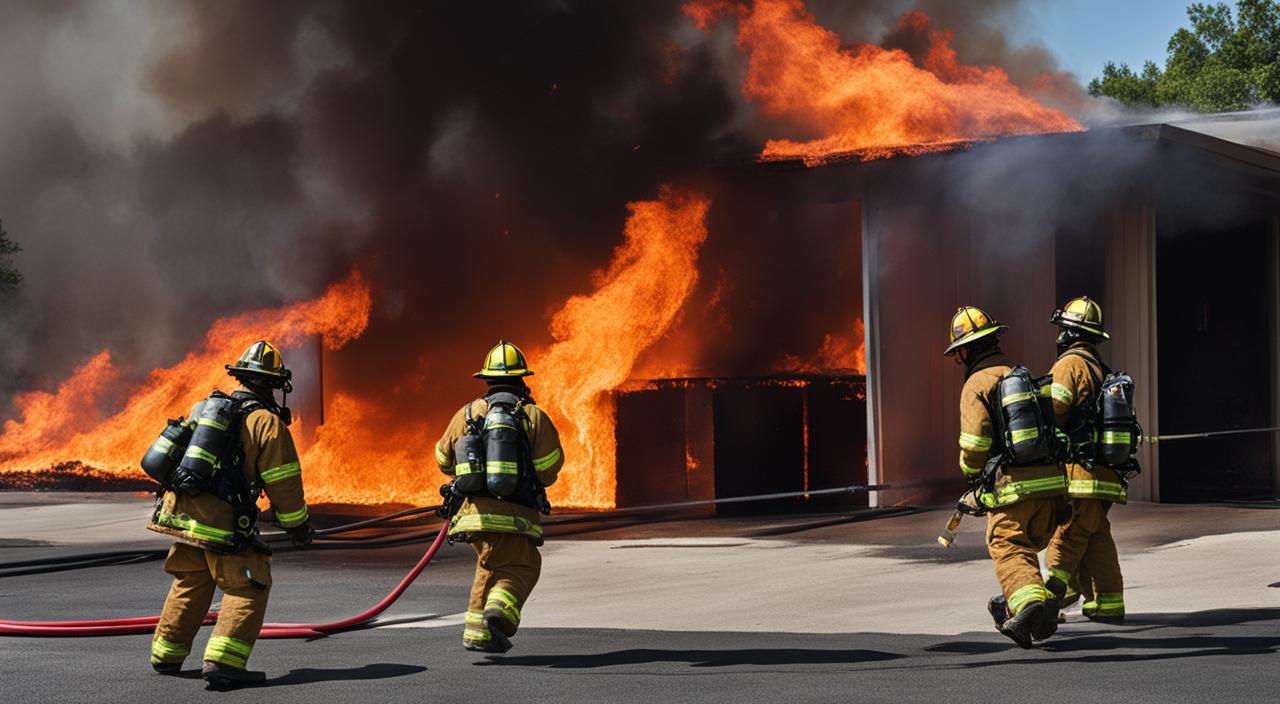
Application of RACE in Healthcare Fire Safety
The RACE acronym is particularly relevant in healthcare settings, where patient safety is of utmost importance. In the event of a fire, healthcare staff members are trained to apply the RACE acronym to ensure the swift and safe evacuation of patients.
First and foremost, removing patients from the affected area is crucial to prevent harm and facilitate an effective fire response. By prioritizing patient evacuation, healthcare professionals can minimize the risk of injuries and focus on controlling the fire.
Activating the fire alarm system is another critical step in the RACE process. It not only alerts emergency services but also ensures the implementation of the facility’s fire action plan. This timely response is essential for the safety and well-being of both patients and staff.
Additionally, closing the doors after removing patients helps confine the fire, providing valuable time for the fire response team to arrive. By containing the fire within a specific area, the chances of its spread can be significantly reduced, allowing for a more effective response.
If healthcare staff members are trained, they may also attempt to extinguish small fires using fire extinguishers while prioritizing their safety. However, if the fire is beyond their control or multiple fire extinguishers are required, evacuation is recommended to ensure the safety of everyone involved.
Regular training and drills are essential in healthcare facilities to ensure that staff members are familiar with the RACE acronym and can respond effectively during fire emergencies.
By practicing and reinforcing these procedures, healthcare organizations can enhance their ability to protect the lives of their patients and staff in potentially dangerous situations.

